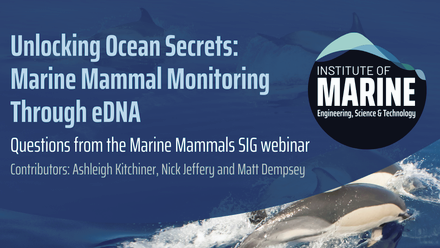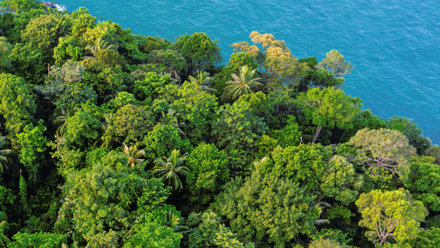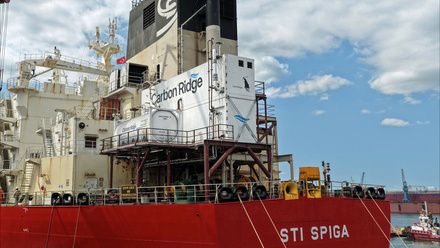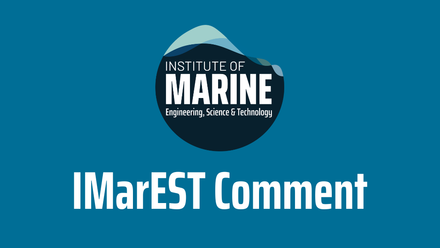World’s first remote ecology survey launched
The BeWild project aims to explore opportunities for monitoring biodiversity in offshore wind parks.
The BeWild project was started to address the growing need for sustainable and integrated ecological monitoring in offshore wind developments.
Dan Smith, Fugro’s Solution Owner for Offshore Wind Biodiversity, explains its background: “It brings together a consortium of organisations, Fugro, The Rich North Sea, Wageningen University, CrossWind Offshore Wind, Mecal, and Seekable, to co-develop a remote methodology that combines ecological inspection with subsea asset inspection.
“This innovative approach uses environmental DNA (eDNA), computer vision, and machine learning, [all] deployed from an uncrewed surface vessel (USV) equipped with an electric powered remotely operated vehicle (eROV). The project is over 50% complete and is already delivering transformative outcomes for biodiversity monitoring and offshore asset management.”
BeWild is focused on advancing how offshore wind developers monitor and support marine biodiversity by embedding ecological assessment into routine asset inspections.
Thinking long term
“Rather than conducting separate surveys, the project aims to create a streamlined, repeatable methodology that captures ecological data alongside technical inspections, without increasing operational time or cost,” explains Smith. “A key goal is to generate high-quality ecology insights using remote technologies such as eDNA sampling and computer vision, while also contributing to long-term ecological databases.”
The consortium also supports restoration efforts through the development of biodiversity-enhancing scour protection modules by Mecal. Researchers at Wageningen University are actively exploring how its findings can inform practical policy interventions, helping the offshore wind sector meet emerging environmental regulations and contribute to the sustainable management of the marine environment.
“These aims align with broader industry goals to meet climate and biodiversity challenges while improving safety, reducing costs, and complying with evolving regulations,” Smith says.
BeWild will deliver a wide range of benefits across environmental, operational, and social dimensions.
The first of these is environmental impact reduction. Smith states the use of USVs and eROVs results in over 95% carbon emission reductions, compared to traditional crewed vessels, with zero personnel offshore, delivering significant health and safety benefits. “Remote operations also allow [for a] more diverse participation, including individuals who cannot work offshore,” he adds.
The cost efficiency advantage means that by integrating ecological monitoring into routine asset inspections, BeWild avoids the need for separate surveys, thus keeping costs low without compromising data quality.
According to Smith, a further advantage of the project is that it offers significant biodiversity insights: “The project contributes to genomic databases, enabling better species identification and long-term ecological monitoring in the North Sea and Baltic regions.”
In terms of restoration and innovation, Smith says the development of nature-inclusive scour protection modules supports habitat creation and reduces installation costs.
When asked whether this project represents the future for monitoring health and biodiversity of offshore assets, Smith agrees.
“Absolutely. It represents a shift in how offshore wind developers can monitor and manage the ecological health of their assets. By embedding environmental monitoring into routine inspections, the project offers a scalable, cost-effective, and non-invasive solution that meets regulatory, environmental, and operational needs.”
Smith says that this approach can help offshore wind companies respond to marine net gain regulations and has the potential to support end-of-life decisions by building a robust understanding of local ecosystems over time. “The project’s outputs, ranging from live-streamed inspections to genomic data and policy research, are the future of offshore,” he concludes.
“It supports both climate goals and marine biodiversity.”
Tell us what you think about this article by joining the discussion on IMarEST Connect.
Image: snapshot of the biodiversity found so far. Credit: BeWild.






